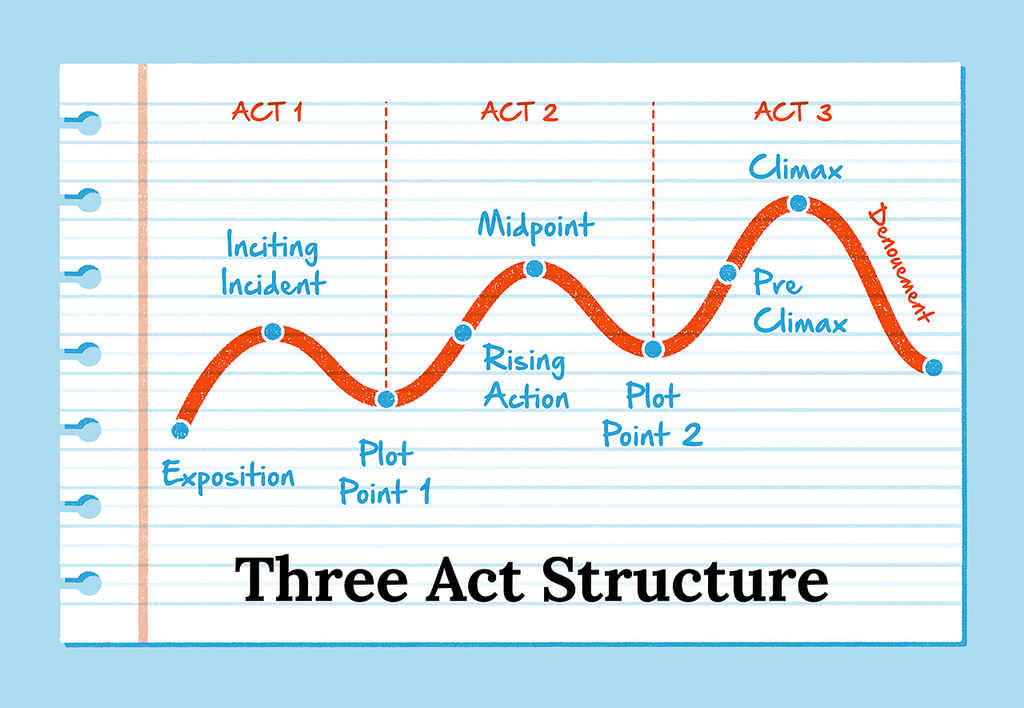 –From Cathy
–From Cathy
P. J. Devlin tells stories about relationships. Whether writing of a witch, a dwarf, an elderly woman, teenagers, or indentured servants, her characters exist in the Philadelphia of her birth and share her love of the Wissahickon Creek. She is currently working on her third book with Possibilities Publishing Company.
 Wissahickon Souls is Devlin’s historical novel set in the early 19th century, which follows the life of a free black woman born to free black parents in Philadelphia.
Wissahickon Souls is Devlin’s historical novel set in the early 19th century, which follows the life of a free black woman born to free black parents in Philadelphia.
Becoming Jonika is her coming-of-age novel set during the cultural upheaval of the late 1960s.
Please welcome P.J. Devlin to Write Despite!

What is your writing process like?
The genesis of each of my stories, including my novels, comes from an image. Most of these images have bounced around my mind for years before they emerge and announce themselves as ready to write. For example, the short story titled “Original Sins” (which will appear in my short story collection to be published summer 2016), developed from a visit I made as a teenager to a house where statues of saints appeared in every nook and cranny. That image stayed with me for more than 40 years before becoming a story (unrelated to that household except for the statues).
Once I have a story idea, I need to visualize the last scene. I think of my writing process as being a journey and I want to know where I’m going before I start. I’ve come to realize my best work results from thinking through the entire story by way of structure—especially the three-act structure.
When I know the story ending, I go to my white board and note the story’s theme, characters, plot, and initiating incident. Then I make three columns and label them: Act I, Act II, Act III. In Act I and Act II columns, I list scenes and turning points. In Act III I list the final complication scene and the resolution. For a novel, I make a list of chapter titles as points of reference to help with the forward momentum of the story. Then I start to write. While my initial thoughts about story scenes change as the story progresses (the value of the white board is that it’s easy to erase), I find the time I spend before I get going to be my most valuable investment in the finished product.
Do you write every day?
A writer whose name I don’t remember was asked that question in an interview I happened to hear. He said his practice was to write 5 hours a day 5 days a week. That’s the model I try to follow, although many weeks I write every day, especially when I’m working on a deadline – self imposed or for publication. I work best in the morning, but those mornings when something interferes—a doctor’s appointment, a household repair, it doesn’t take much—I know I won’t be able to focus later on. Those days I read instead of writing. I read craft books as well as fiction and nonfiction.
Favorite five authors or books?
I love Stephen King, especially 11-22-63, The Stand, and It.
I’ve read most of Jodi Picoult’s novels. She’s a great storyteller.
Donna Leon writes wonderful, rich mystery novels set in Venice, Italy.
Octavia Butler, the first black woman to write sci-fi novels, is one of my favorite authors. Kindred is an important novel, in my opinion.
And George Mason University’s Susan Shreve is a brilliant writer—Daughters of the New World, A Student of Living Things, Warm Springs, and A Country of Strangers are my favorites.
It seems you came to be a writer later in life. Why, and how did you accomplish it?
I’ve been a writer from the moment I learned the alphabet and put pencil to paper. My mother saved a little notebook in which I wrote stories in a baby scrawl when I was five years old. I’ve always known my destiny is to write stories. I wrote stories throughout grade school, high school, and college. But I’m a practical person and before I started my junior year in college, I decided what was most important was to be independent with the ability to support myself and my family whether or not I was married. I changed my major to economics then and studied to earn a BA, MA, and PhD. While my husband and I raised our four children, I worked for Fairfax (Virginia) County Government as a financial analyst and for five of those years, also taught Economics at Northern Virginia Community College. But I never lost sight of my goal to write fiction. As soon as I put in enough years to earn my pension, in 2008, I retired from Fairfax County and entered the George Mason University Creative Writing Program. I knew I had some talent but I was well aware I lacked skill and craft. To the extent I’m now a published author, the Mason faculty and the writers I attended classes with have been instrumental in helping me find my path.
In many ways my ability to live the writing life now results from my youthful decision to live the earning life. I’m awed and impressed by my young colleagues who manage to write while raising their families and paying the bills.
Why did you choose to go the nontraditional publishing route and not through an agent?
At writers’ conferences, I always attended sessions with agent panels and those about finding an agent. (I casually spoke to a few agents and found them to be lovely people). I also attended sessions with newly published writers who’d found agents and who spoke about their experiences. Each of these authors told of years-long (eight years or more from novel completion to publication) struggles to find an agent, for the agent to sell their book, and for the publishing company to include the book on its publication list for an upcoming year. A Caldecott Award-winning author reported that for a number of years (five perhaps?), the publishing house that owned the rights to her book dropped it from annual lists until she despaired of it ever being published. It eventually was published and won awards. I’ve spoken with other authors and learned of similar time-consuming and soul-stealing experiences with traditional publishing.
With my background in economics and lifetime of financial analysis, I spent some time considering the benefits and costs of pursuing the traditional publishing model versus self-publishing versus small press publishing and decided the small press publishing model offered the optimal solution for me. Time was and is my most precious resource and traditional publishing, even in the best-case scenario, requires more time from book completion to publication than I’m willing to accept. Furthermore, all publishing models, including traditional, require the author to engage significantly in the advertising and marketing of her book. For me, the reward-risk ratio excluded the traditional publishing model.
Fortunately, I met my publisher, Meredith Maslich, CEO of Possibilities Publishing Company (PPC), at the 2013 Fall for the Book Festival at George Mason University. I liked her business model and I respected her vision. Furthermore, PPC is a local publisher. PPC is hands-on and author-centric. Within one year of signing a contract, my first novel, Wissahickon Souls, was published. A little over a year later, my second novel, Becoming Jonika, was published. In July 2016, a collection of short stories, Wishes, Sins and the Wissahickon Creek, is scheduled for publication. It’s inconceivable that my work would be published so expeditiously following a traditional model.
What have been the best and worst parts of your publishing journey?
The best part of my journey is the respect, integrity, and commitment of Meredith Maslich, my publisher. In addition, Kirsten Clodfelter, a Mason MFA grad, has edited my novels and is a joy to work with.
I don’t know that I’d call it the worst, but certainly the hardest part of this journey is advertising and marketing. I’m no good at it. And since my publisher, PPC, is a young company, we’re struggling together to figure out how to get my work and other PPC authors’ work noticed by a wide audience. I admit that I don’t have the knowledge, skill, or even inclination to utilize social media as a means of reaching a wider audience.
What are you working on now?
I’m completing the final requirements for the upcoming short story collection—Wishes, Sins and the Wissahickon Creek. As soon as I can, I’m returning to the magical realism novel I’ve been working on. I can’t wait to get back to it.
What advice do you have for others (publishing, writing tips, inspiration, etc.)?
Writing is work. It’s often joyful, fulfilling, and gratifying. But it’s work. Some days each sentence is a struggle. But if writing is the work you love and the life you desire, then you have to go for it. I advise writers to study the craft—through books, conferences, and other writers. My breakthrough came after I studied story structure. One craft book I often refer to is Oakley Hall’s How Fiction Works. I believe a writer has to find her or his own inspiration. Mine is the little memo book with stories I wrote at age five, which my mother saved all her life.
My advice on publishing is that I don’t have any advice. My decision to go with a small publisher was based on a concept I learned in economics—optimizing my personal objective function. If you can stomach considering that concept, then figure out what’s your most important objective for your finished work and what you’re willing to sacrifice in order to reach that objective. Then go forth.










 Summertime and the reading is good this year. We’ve selected our seasonal picks, and will surely be spotted toting them on vacation and to neighborhood parks. Here’s what we’ve chosen:
Summertime and the reading is good this year. We’ve selected our seasonal picks, and will surely be spotted toting them on vacation and to neighborhood parks. Here’s what we’ve chosen:




 –From Cathy
–From Cathy Wissahickon Souls is Devlin’s historical novel set in the early 19th century, which follows the life of a free black woman born to free black parents in Philadelphia.
Wissahickon Souls is Devlin’s historical novel set in the early 19th century, which follows the life of a free black woman born to free black parents in Philadelphia. 